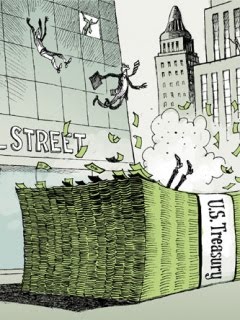Things have certainly got better now compared to the last time I reviewed my portfolio. Second quarter earnings results from the US are generally very good with some I am aware of beating their forecasts. Fears of the euro debt crisis have subsided for now since countries have laid out austerity plans to reduce their debts to manageable levels. Economic data from the UK and EU generally show that growth is a more likely scenario than a double dip recession. However, there is a lot of room where things can go a lot wrong if growth is not stimulated by the investment from the private sector, exports and consumer spending. The biggest recent surprise is that the US home sales data is better than expected when it actually went up instead of going expectedly down. The major things which worry the markets is the slowdown from China and uncertainty of the US economy. If China's economy is allowed to overheat, the effects would hurt all of us since the workers' wages have not kept up with property prices in high demand areas. Inflation may also go out of control which is likely to have negative effects on growth. Worse than expected US GDP data sent the markets down just before I wrote this post. The main culprit is firms increased their investment in foreign parts leading to imports exceeding exports. This should not be too bad if it contributes to future growth of the economy. EU stress test results have been generally well received though the test is not even perfect. I believe that more extreme cases should have been looked into such as the sovereign debt crisis and potential problems within the emerging economies.
My portfolio has beaten the market by a wide margin largely due to purchasing additional shares in BP after taking advantage of the market's overblown fears regarding the company's financial position due to the oil spill. The generally good news and higher oil prices have sent my shares up north. The only bad news is that FOGL did not find any oil in it's first well so the share went south in big style due to investor overreaction regarding the likelihood of finding oil in it's area of operation. However, the firm has a lot more area to explore so one should not give up hope to find any oil.
Interim results from UK banks this week may provide a boost in investor confidence provided if the economic data and other news does not indicate either uncertainty or even worse faltering growth and slide back to recession.
Please note that I am still working on the analysis of the shares mentioned in the previous post since some data cannot be fetched easily, especially the ones from the spanish banks listed on the US market. I will provide them very soon.


























.jpg)
.jpg)






